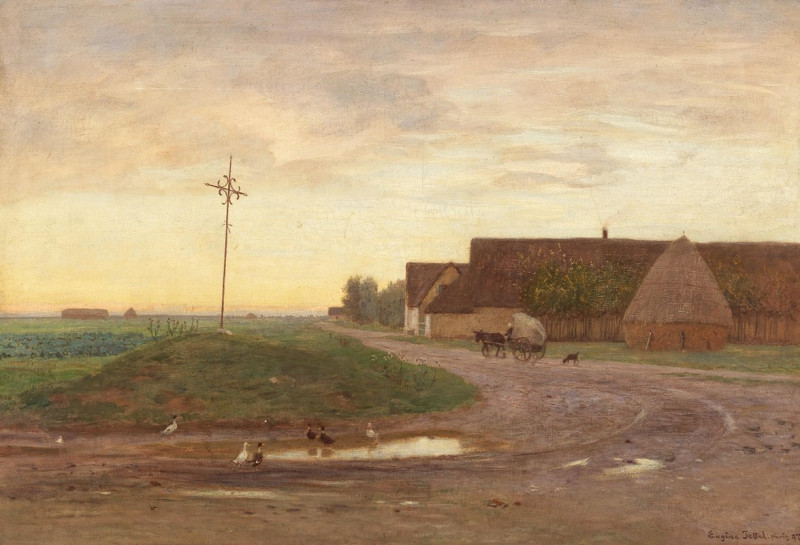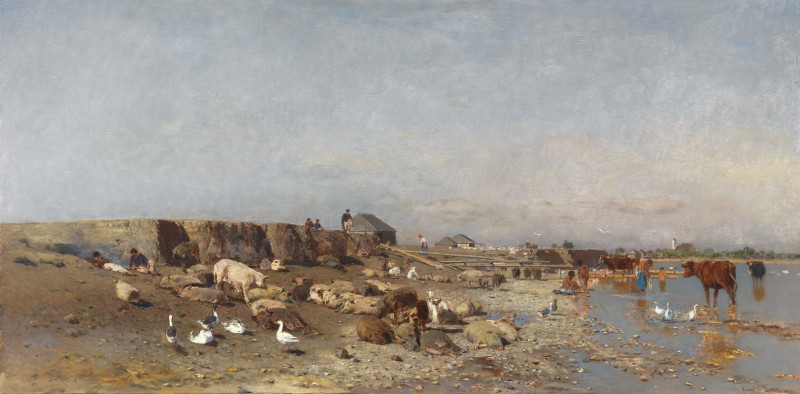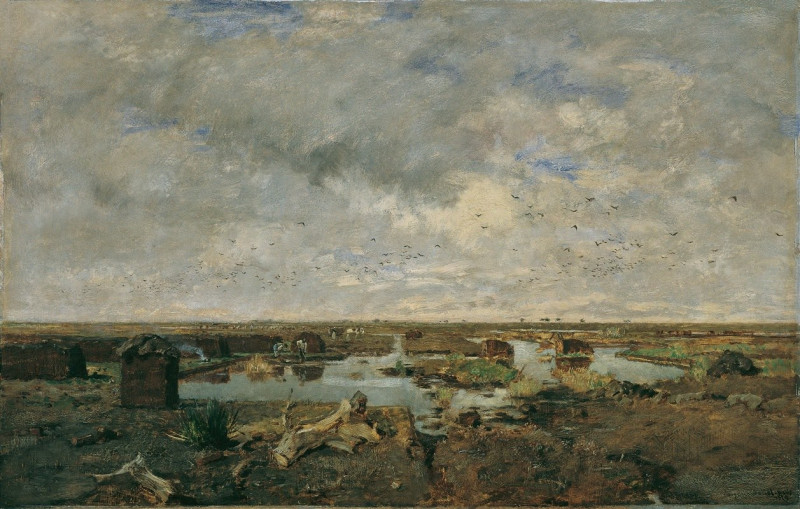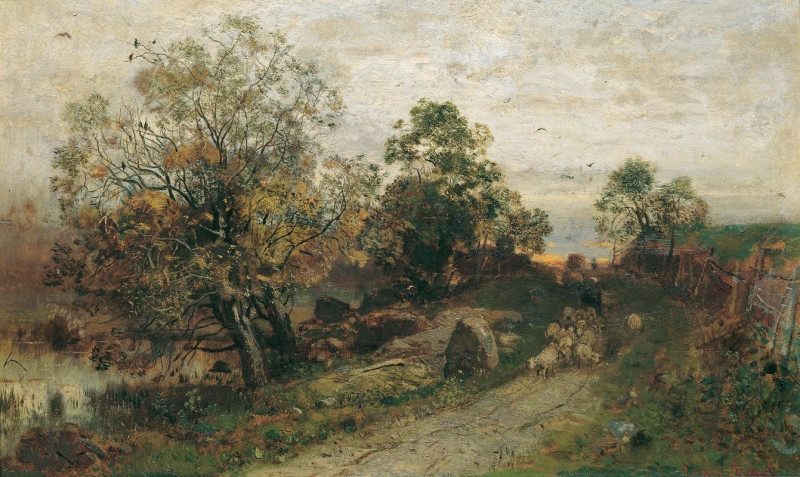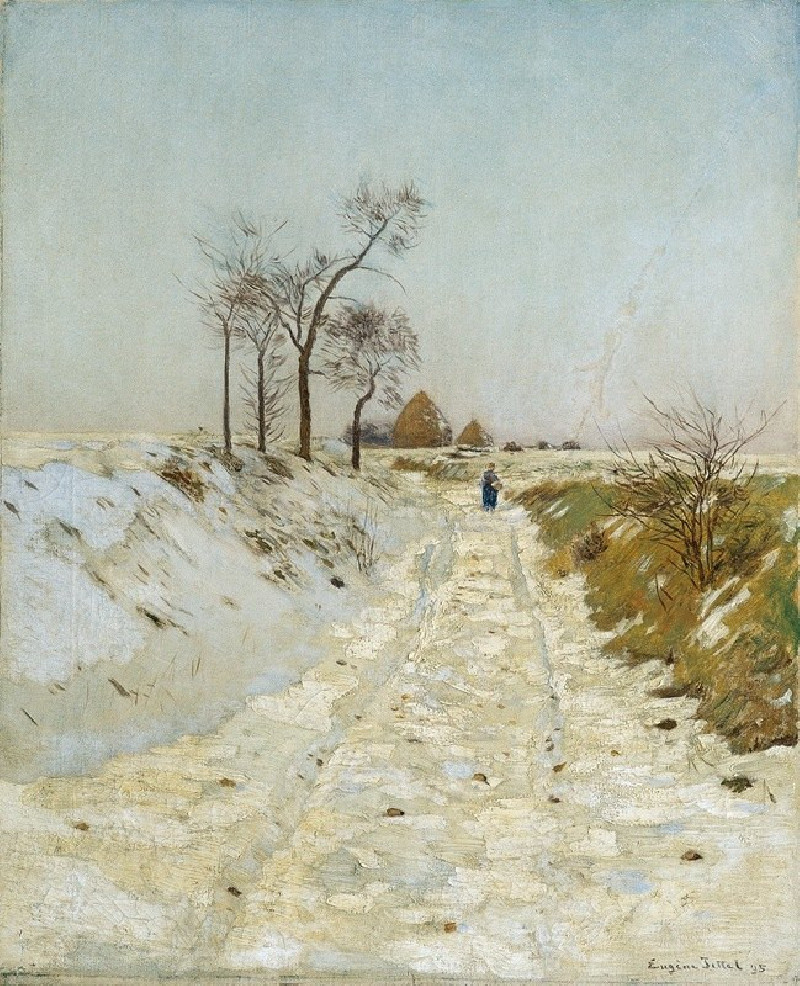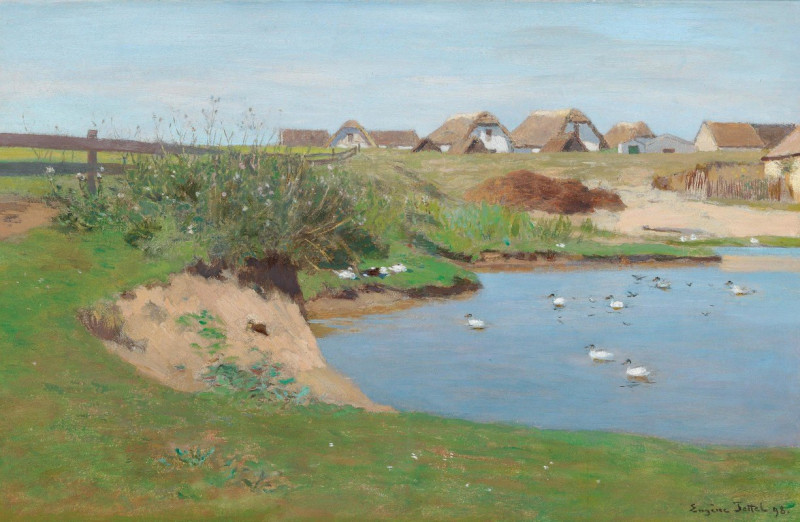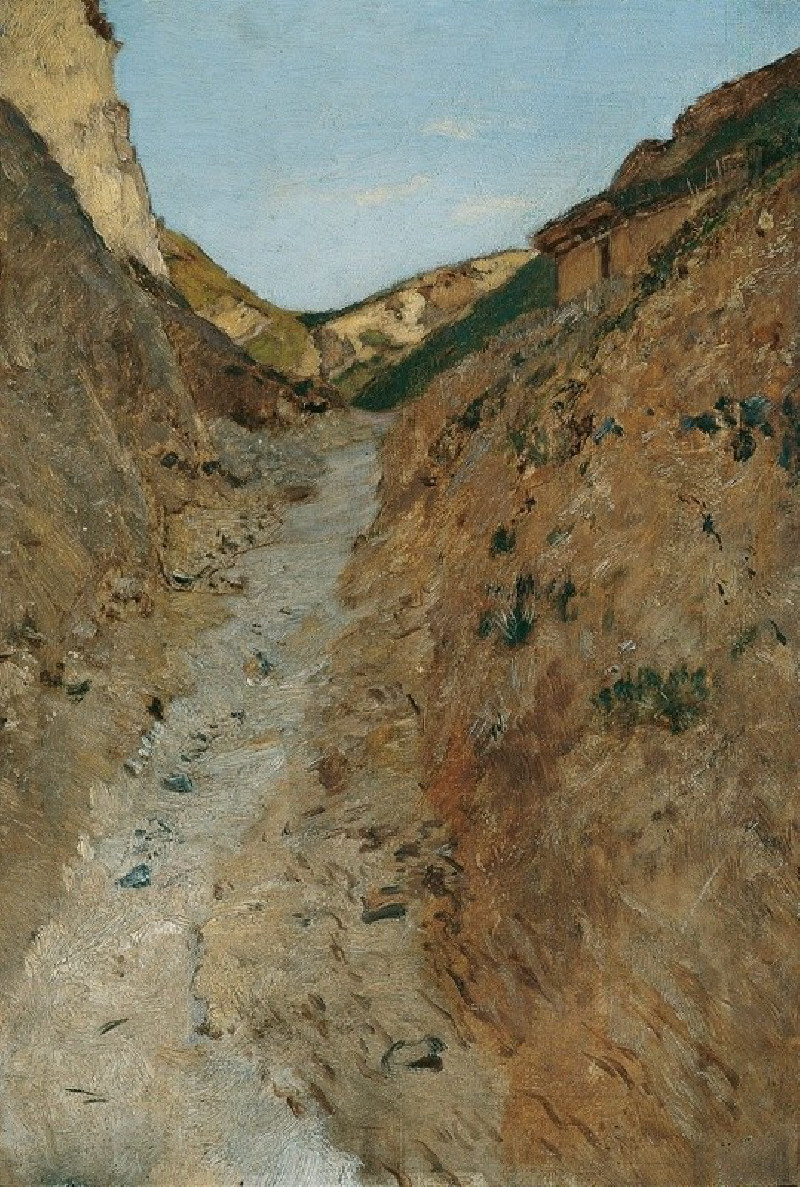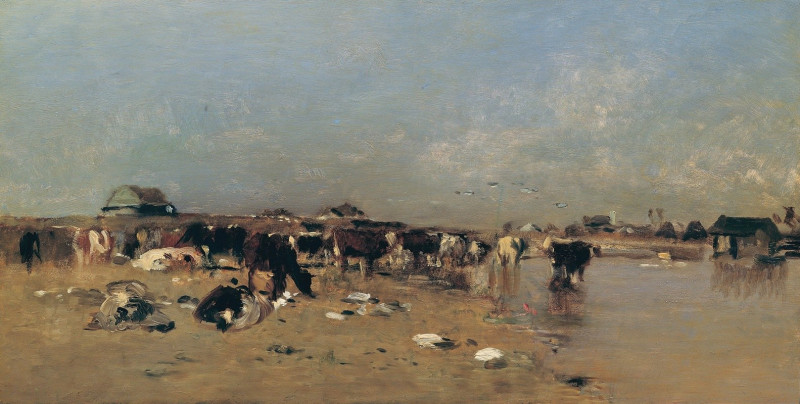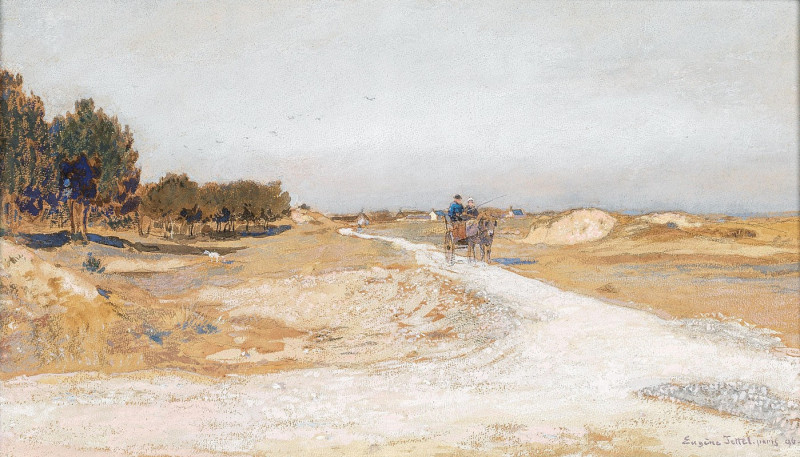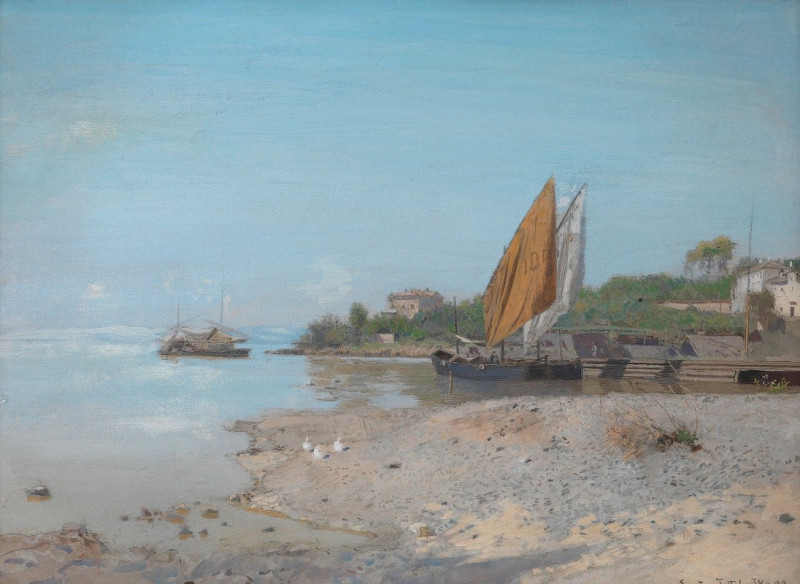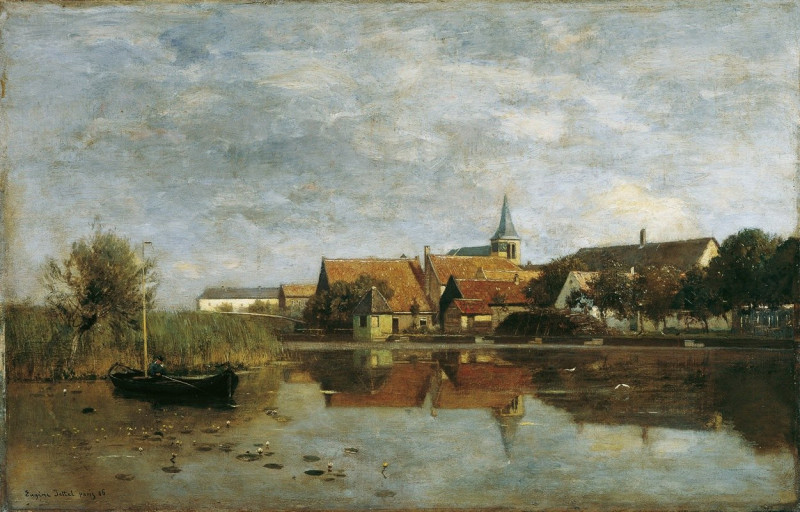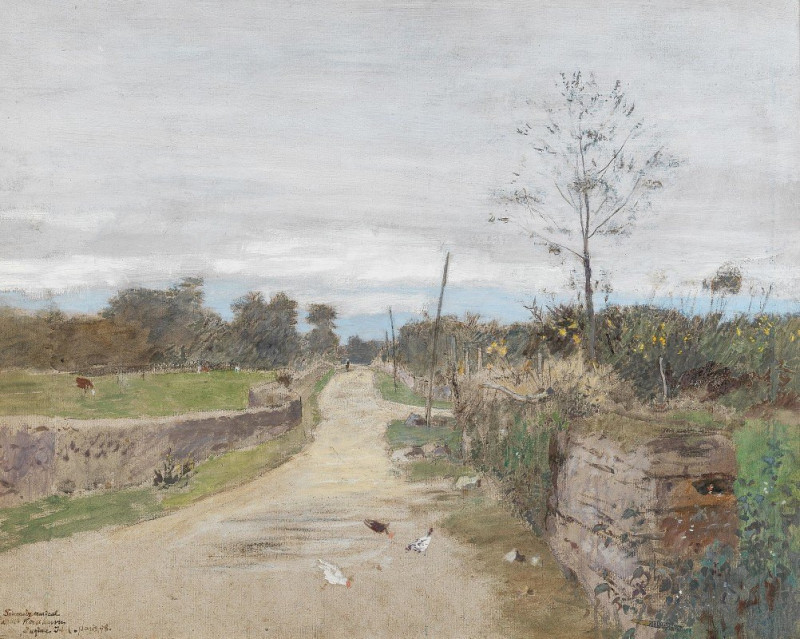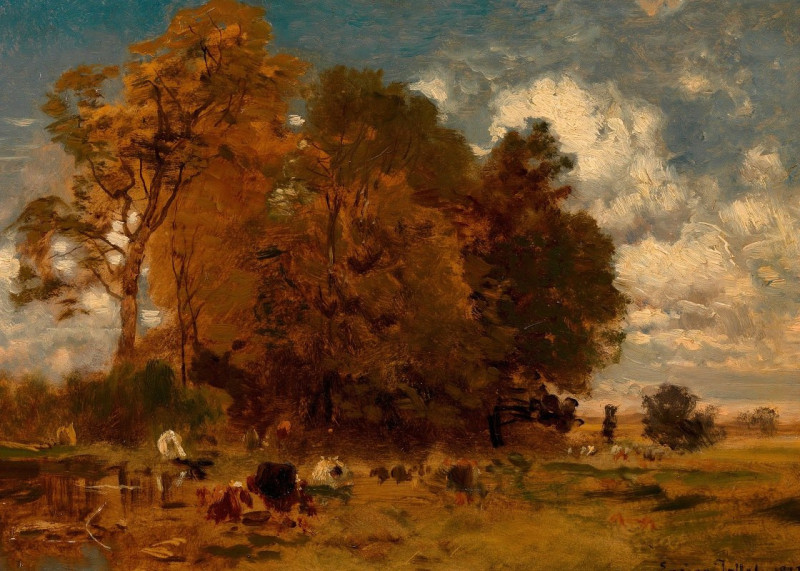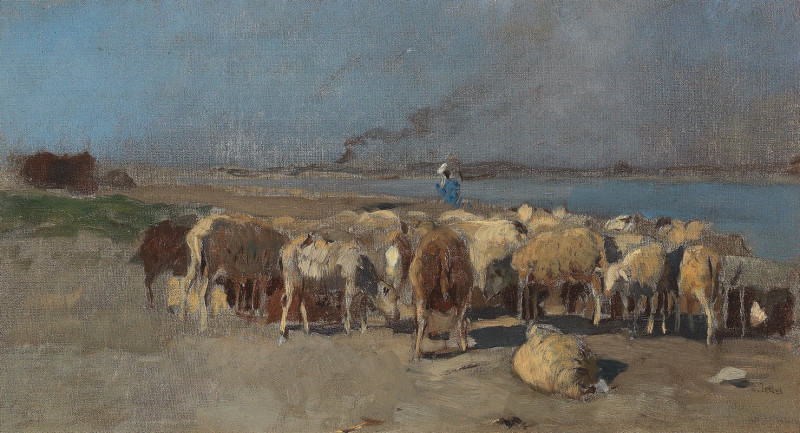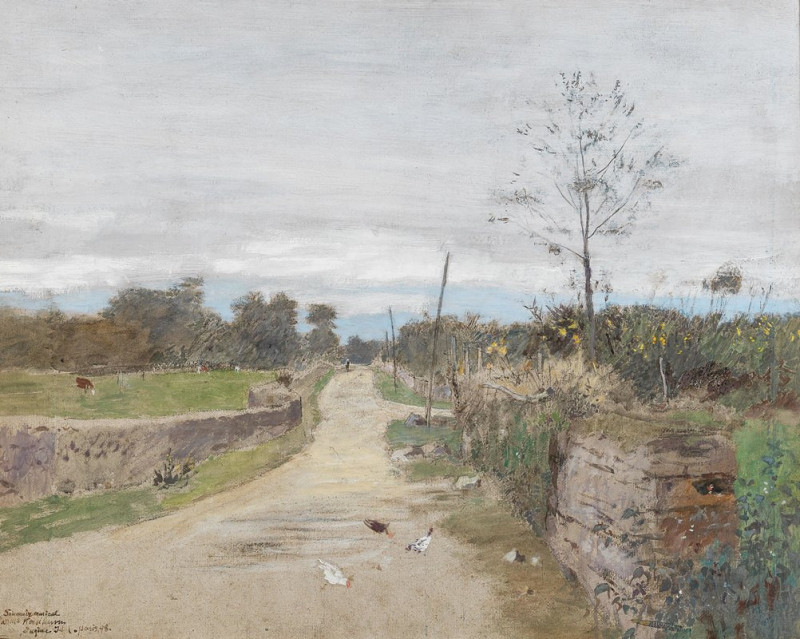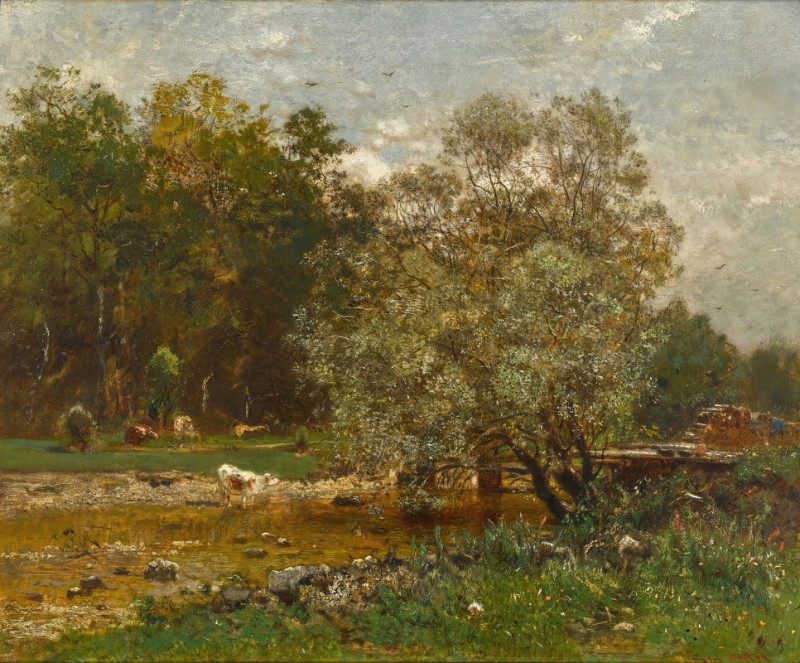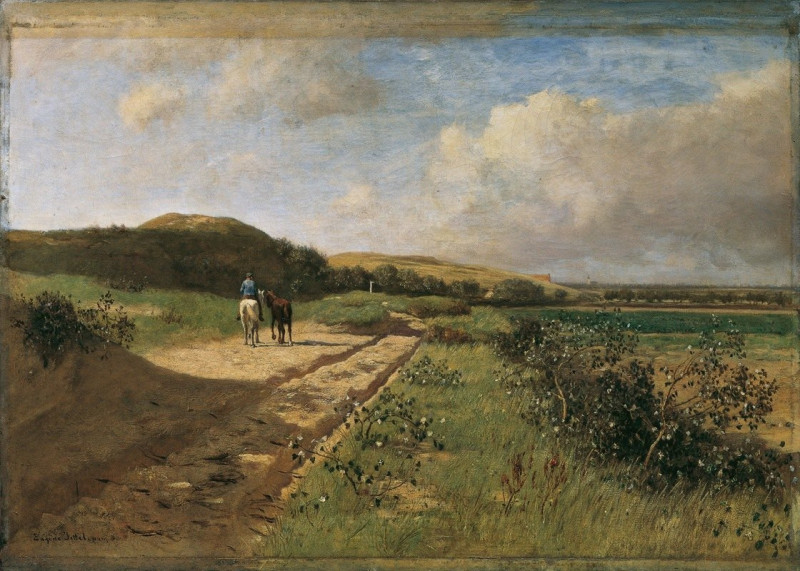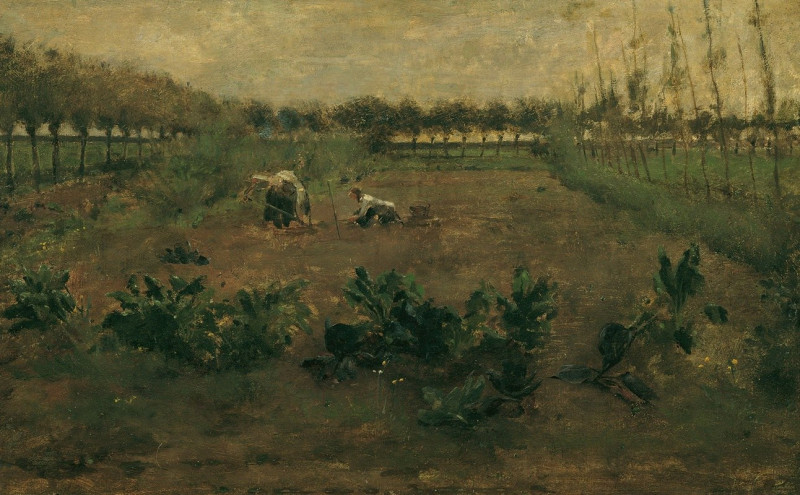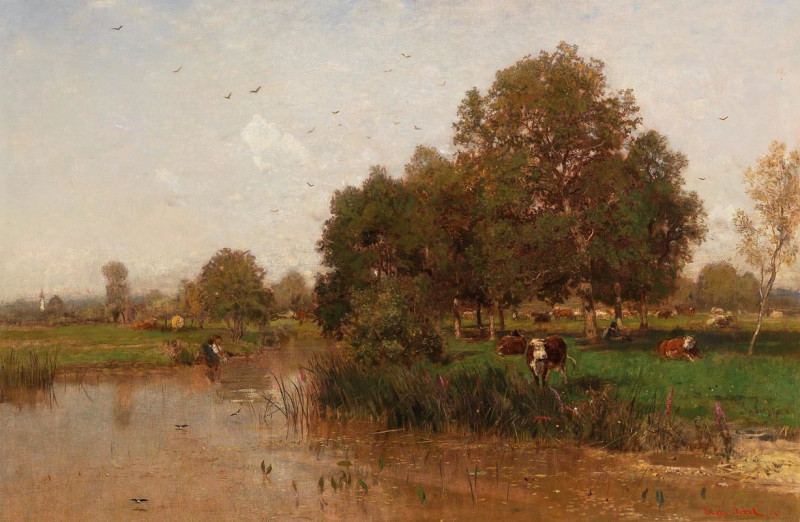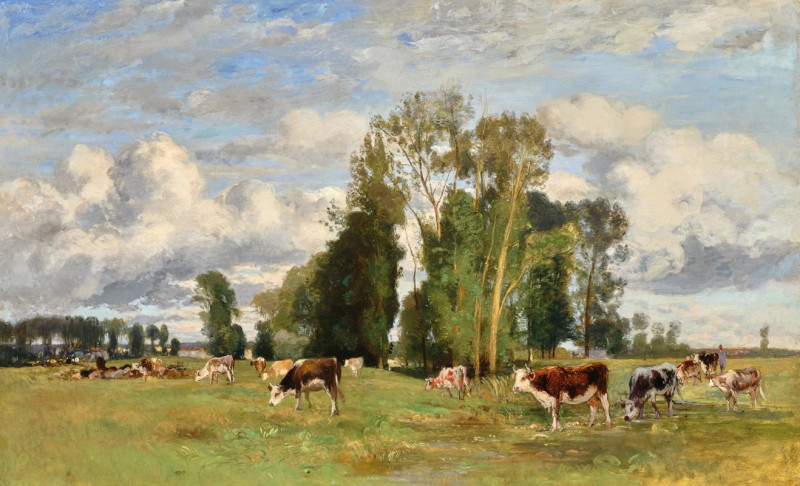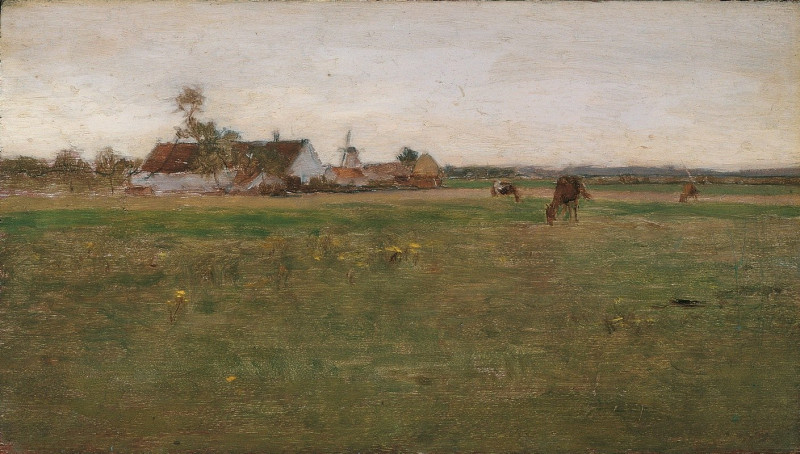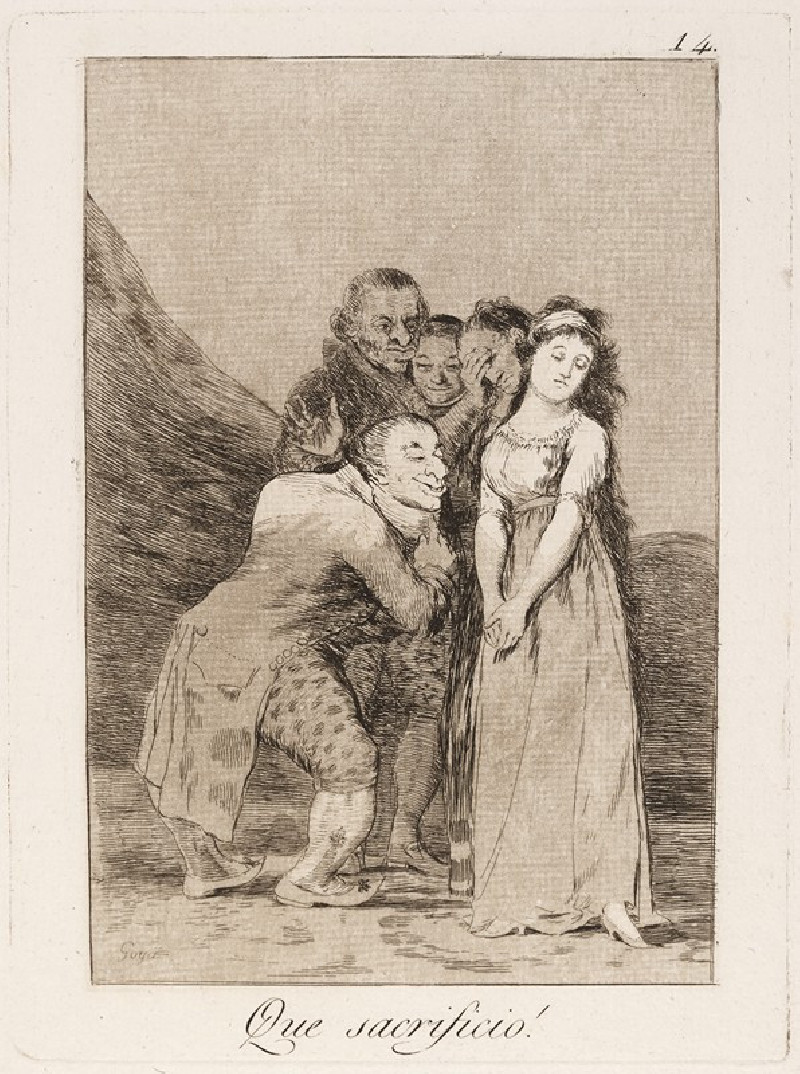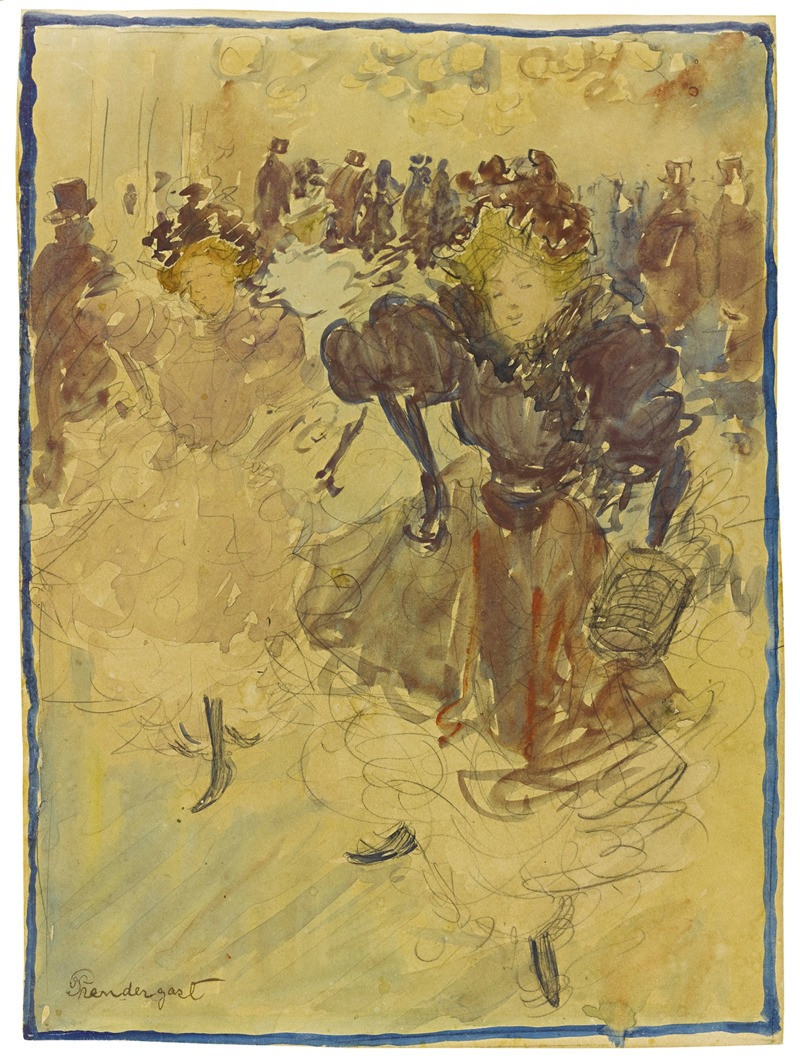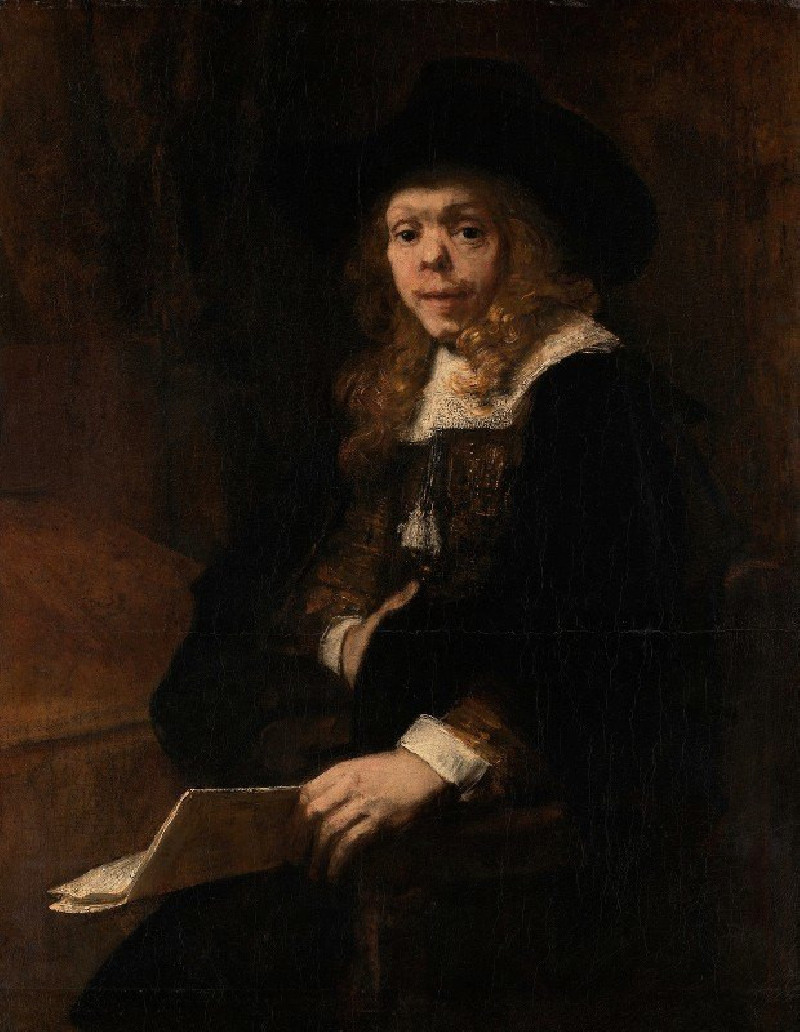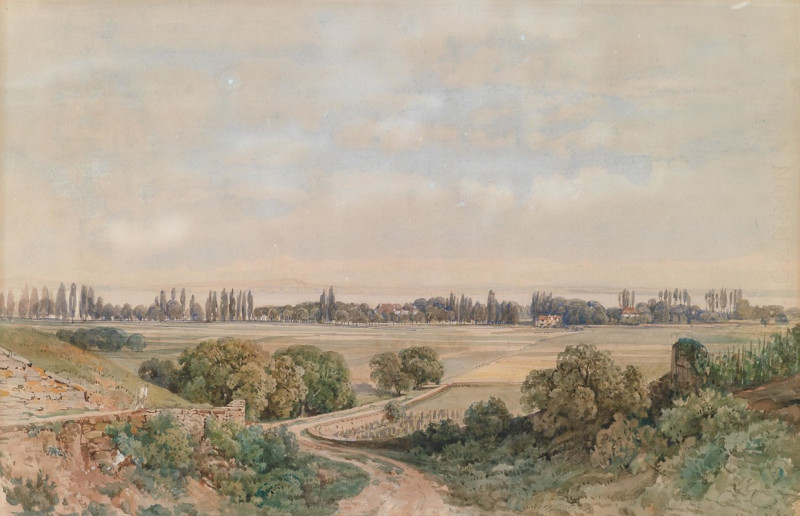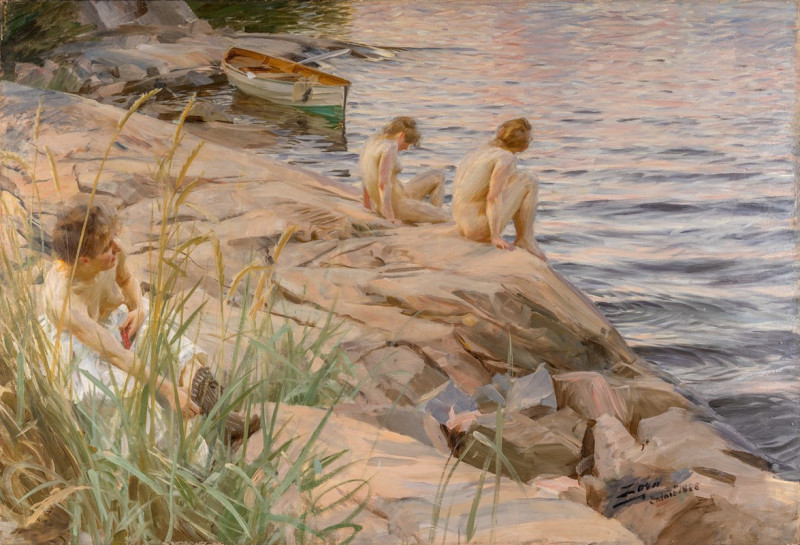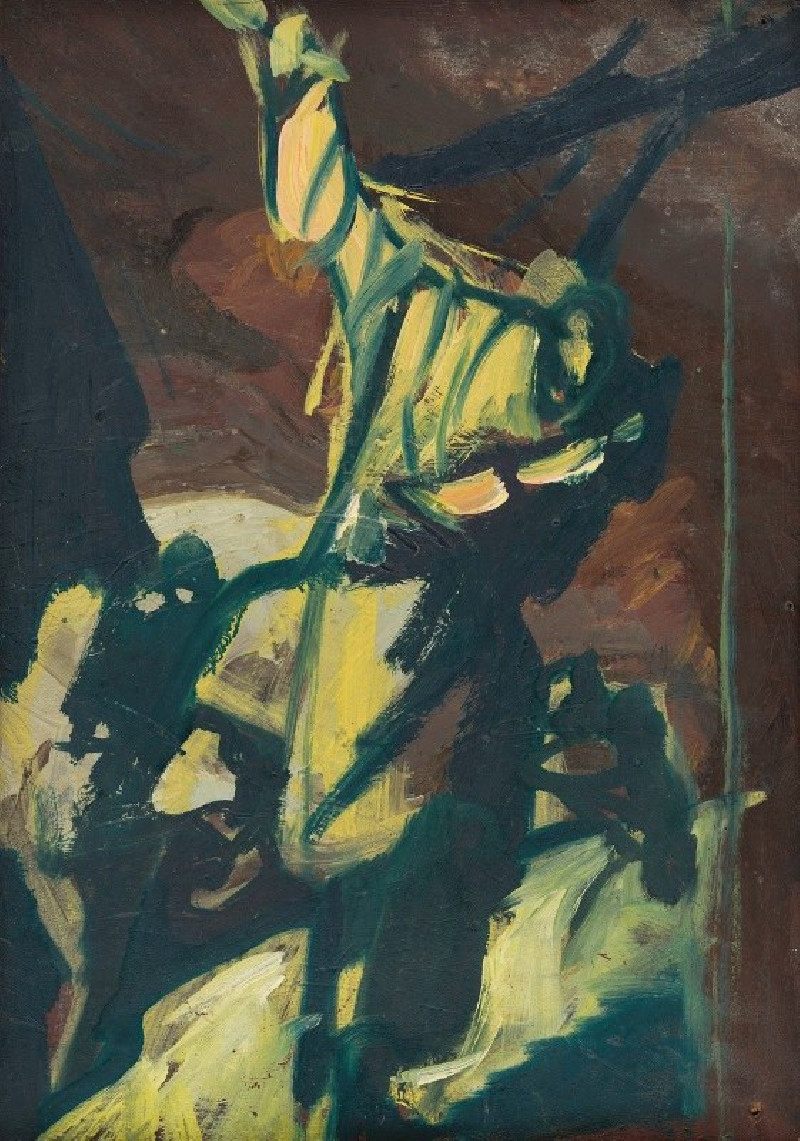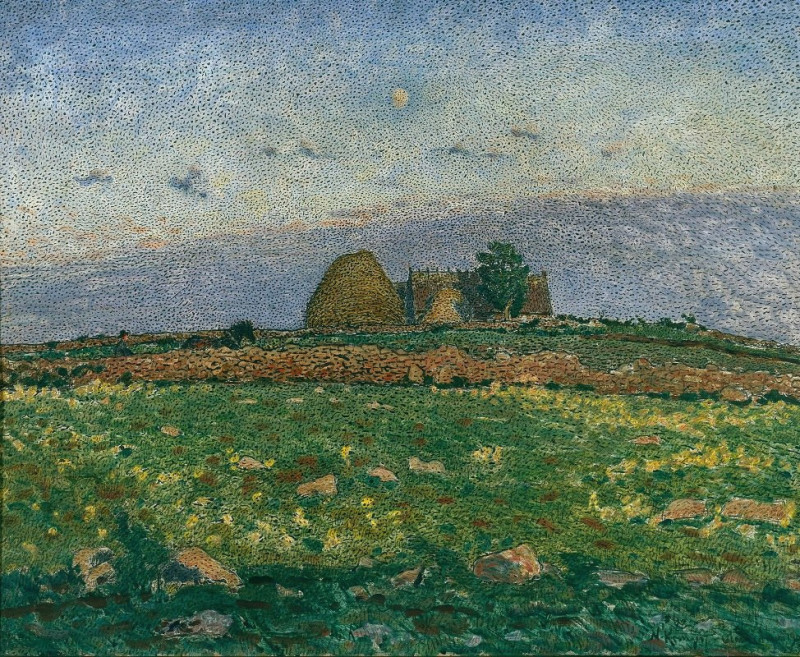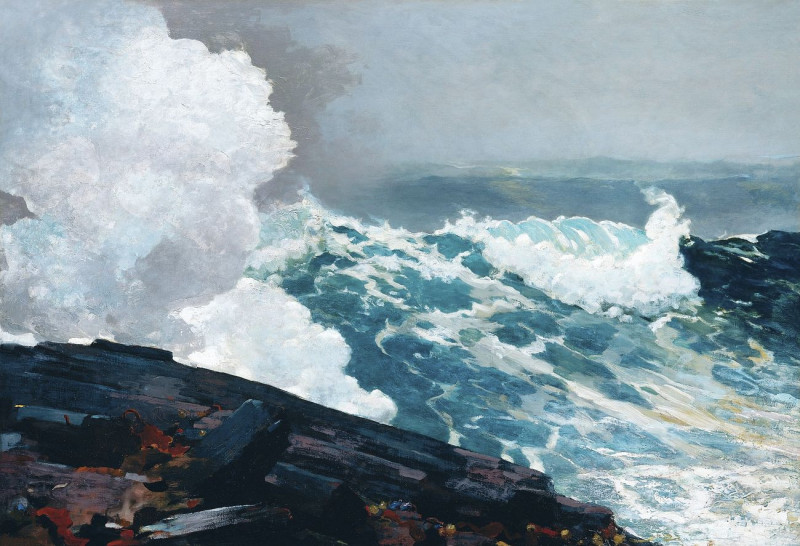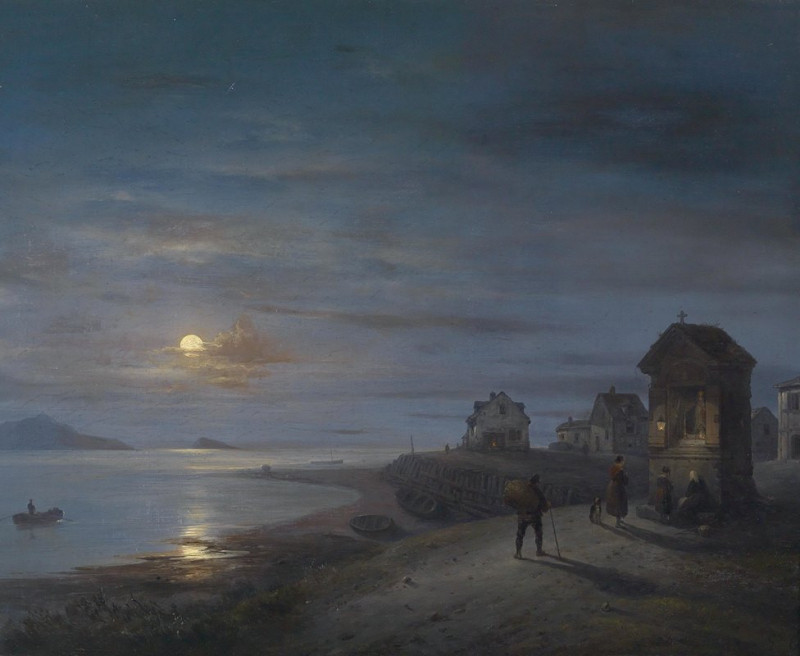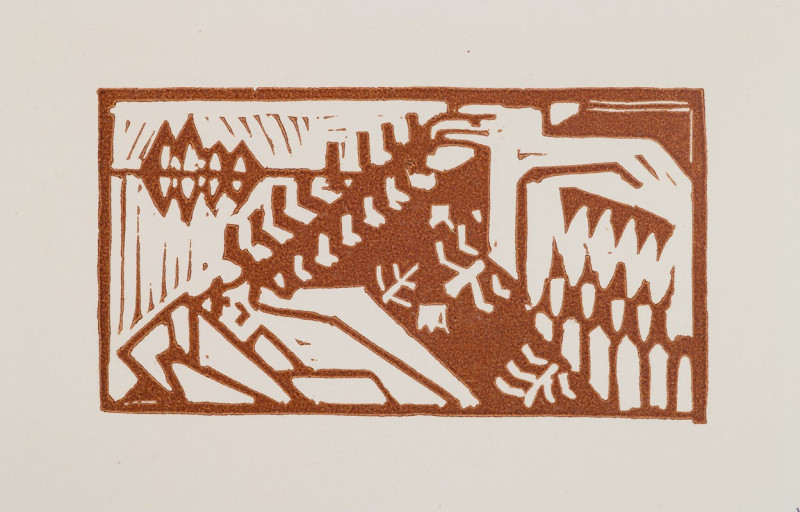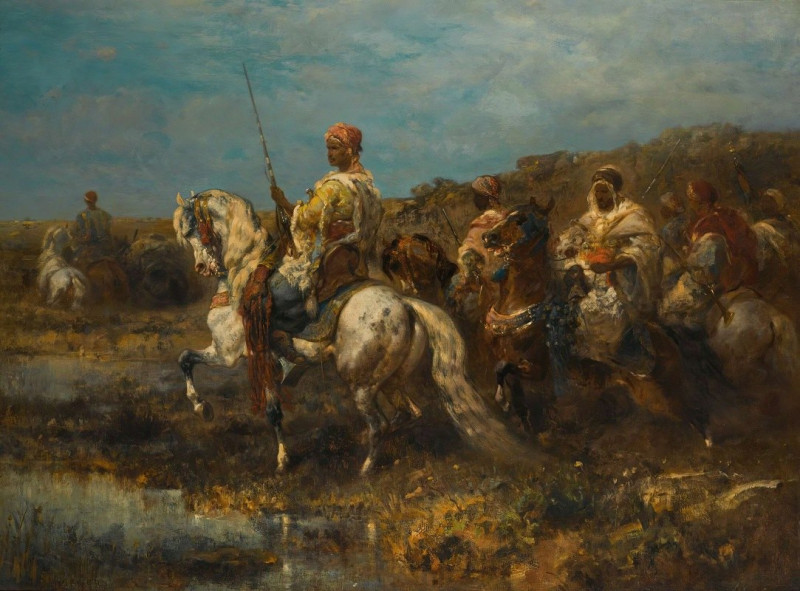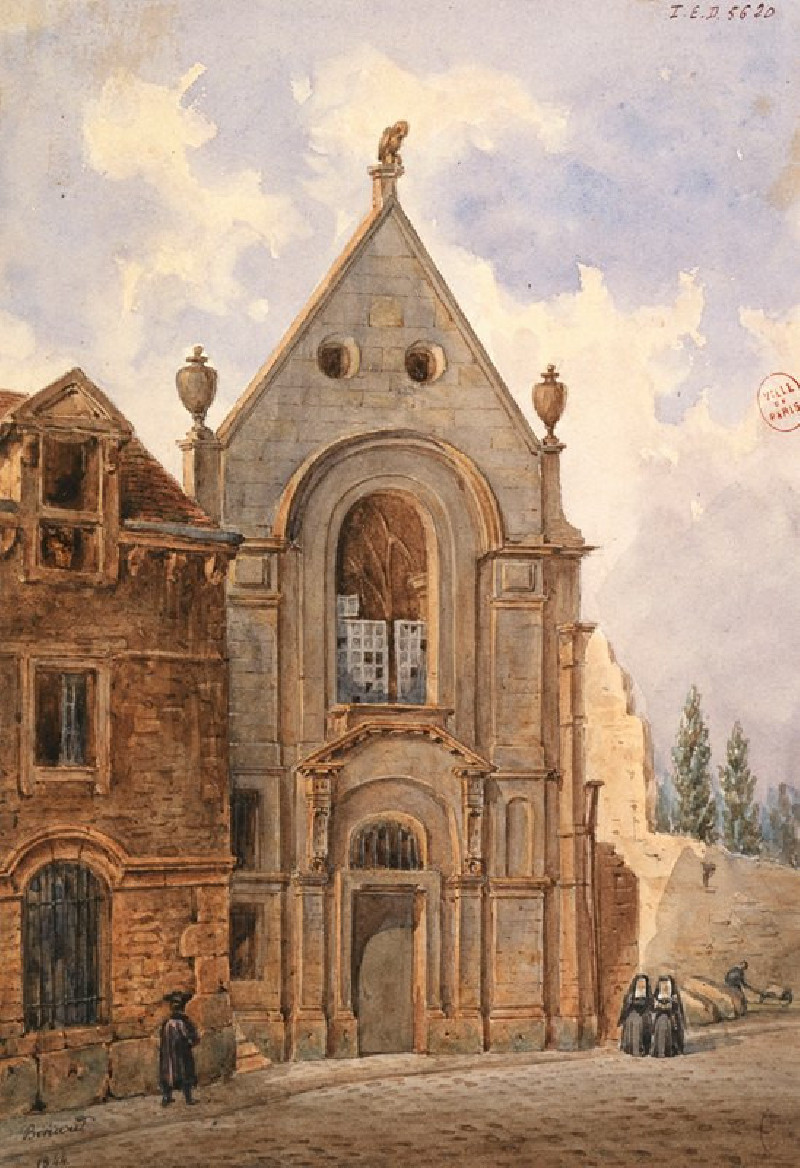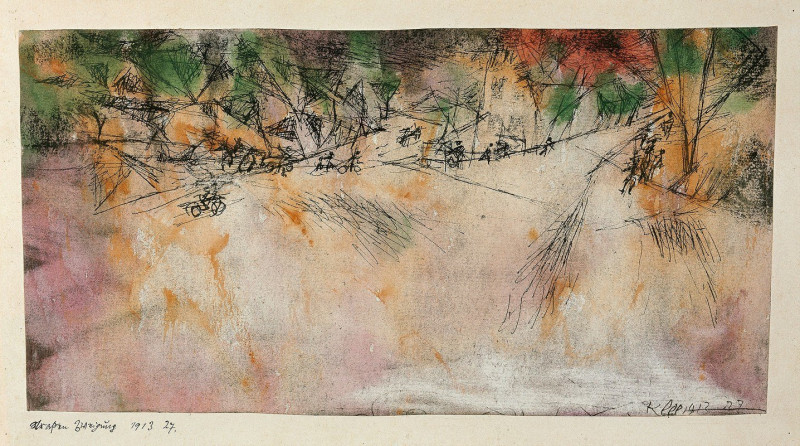Kreuzweg bei Cayeux (1897)
Technique: Giclée quality print
Recommended by our customers
More about this artwork
In his evocative landscape painting titled 'Kreuzweg bei Cayeux', created in 1897, Eugen Jettel transports us to a serene rural scene that encapsulates the essence of late 19th century pastoral life. This artwork masterfully captures a dusky evening at the outskirts of Cayeux, marked by subtle yet warm hues that blend harmoniously under a softly dimming sky.The painting features a quiet country road that gently curves around a modest hillock, atop which stands a prominent yet graceful crucifix. This religious symbol, serving both as a spiritual guidepost and a poignant focal point in the composition, portrays the deep-rooted cultural and religious sentiments of the locale.To the right of the path, rustic thatched cottages and barns adorned with blooming foliage give a glimpse of rural habitation and agricultural practices. In the foreground, Jettel includes a charming tableau of farmyard life: ducks waddle near a reflective puddle, while a horse-drawn cart ambles away, suggesting the slow pace of life in this rustic setting.Jettel's masterful use of light to evoke the waning day, with the sky painted in layers of cream, blue, and peach, suggests the transition from day to night, enhancing the mood of tranquil continuity. The meticulous detail in the textures, from the rough thatch of the roofs to the muddy road, emphasizes the tangible realities of rural existence.'Kreuzweg bei Cayeux' not only exemplifies Jettel's skill as a landscape artist but also serves as a wistful reminder of the timeless beauty and quietude of the rural landscapes that continue to inspire and comfort even in contemporary times.
Delivery
Returns
Richard Alfred Eugen Jettel (20 March 1845 – 27 August 1901) was an Austrian painter, producing mainly landscapes. He studied at the Vienna Academy and moved to Paris in 1873, before moving back to Vienna in 1897 and serving as a co-founder of the Vienna Secession. He was made a Knight of the Légion d'honneur in 1898.

